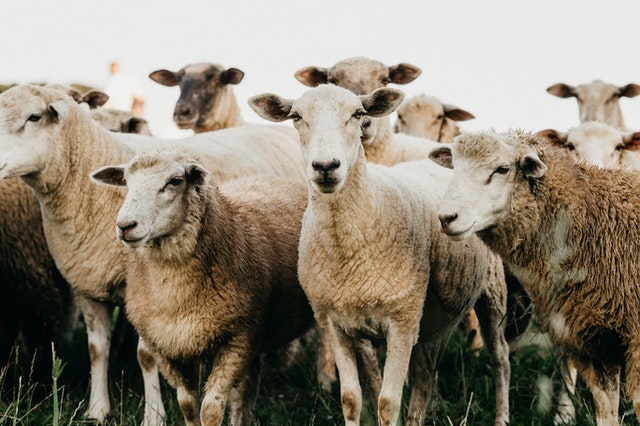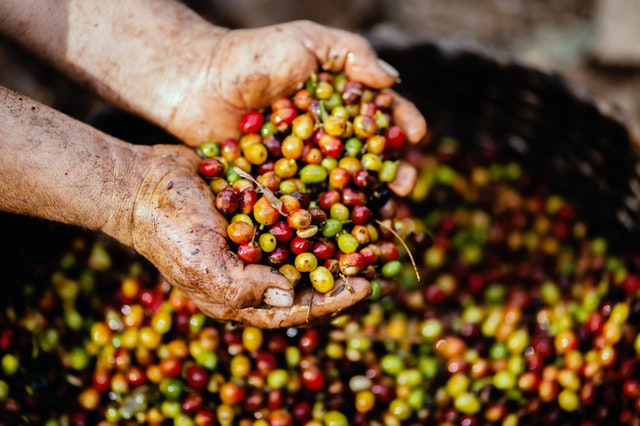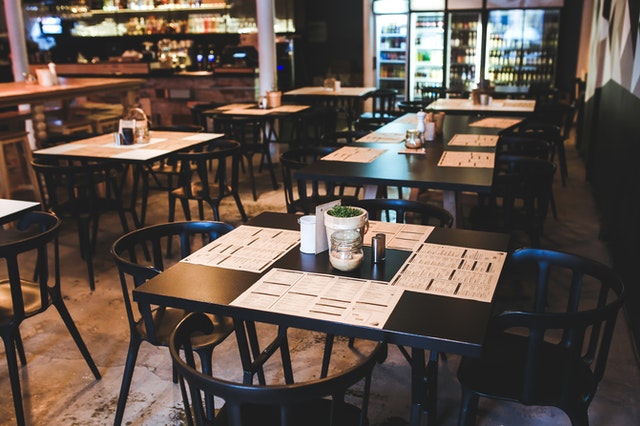
No one likes dealing with a leaky roof, especially when it starts dripping in the middle of the night. If you’re faced with this situation, don’t panic! While replacing a roof is certainly a big job, it’s not as complicated or expensive as you might think. Here’s a step-by-step guide to help you through the process.
- Make sure to consult with Roof plumbing Melbourne to get an estimate of the cost of the project. You’ll need to find a local roof plumber who can assess the damage and give you an estimate for the repairs. Once you’ve found a reputable contractor, they will usually provide you with a list of materials that you’ll need to purchase. In most cases, shingles, nails, and tar paper are all that’s required.
- Next, your contractor will begin by removing the old shingles from your roof. They will then inspect the underlying structure to make sure that it is still in good condition. Once they have determined that your roof is sound, they will begin installing the new shingles. Depending on the size of your roof, this process can take anywhere from a few hours to a couple of days.
- Once the new shingles are in place, your contractor will finish up by sealing any gaps with caulk and trim.
When it comes to replacing your roof, it is important to find a local roof plumber who can help you with the process. First, it is essential to determine whether your roof simply needs some minor repairs or if you will need to completely replace it. This can be done by conducting regular inspections of your roof for leaks or other signs of damage. Once you have determined that replacement is necessary, there are several steps that you can take to ensure a smooth and successful replacement process.

One important step is ensuring that you have all the necessary permits from local authorities. You should also gather estimates from various local roofers so that you can choose the most qualified and affordable option for your needs. With the right professional on your side, you can be confident in your ability to replace your roof and maintain a weather-tight home for years to come.
Replacing your roof is a big job, but it’s important to do it right in order to protect your home from the elements. The first step is to find a local roof plumber who can guide to replace your roof and give you an estimate for the repair. Once you have the estimate, you’ll need to purchase the materials needed for the job. This includes new shingles, tar paper, and nails. You’ll also need to rent or buy a power washer and ladder.
With all of the materials gathered, you’re ready to start the repair. Begin by removing the damaged shingles and then pressure washing the area to remove any dirt or debris. Next, apply tar paper to the area and then nail down the new shingles. Be sure to overlap the shingles so that they’re properly sealed. Repeat this process until the entire roof is replaced. With a little time and effort, you can have a brand-new roof that will last for years to come.
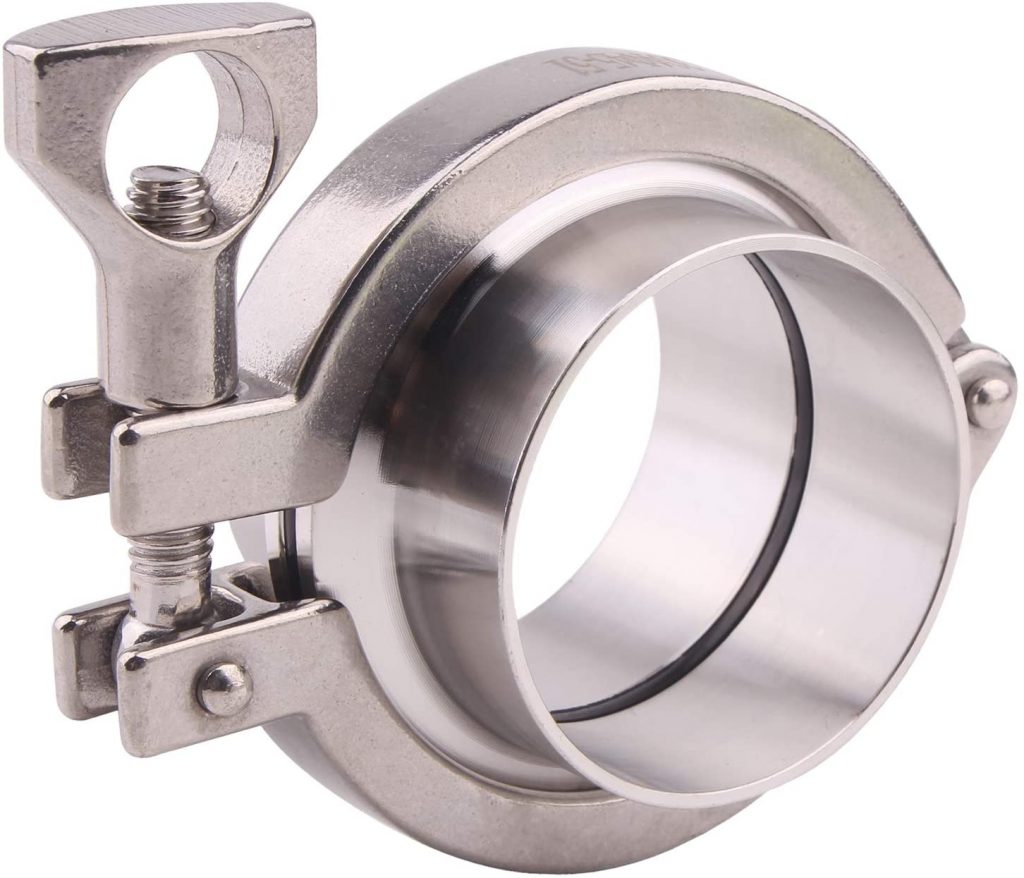
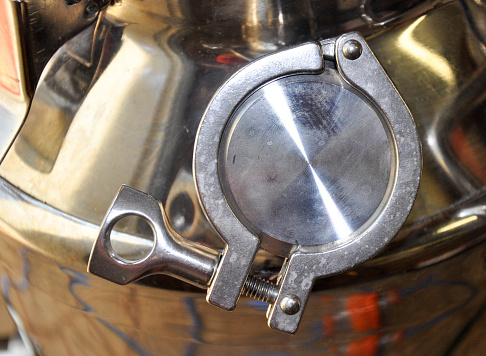


 In developing an artist, it requires a planned process that will generate an artist’s musical talent and business intellect. This will help the artist to receive better opportunities including the ability to practice, record, social media influence, business management, taxes and performances. An online vocal lessons in Nashville can also assist artists.
Becoming developed as an artist always calls for producing great music – sometimes even the best online vocal coach may be able to help. The artist needs to appeal to the songs the populous throughout the world loves to listen. Its also necessary to ensure that the music produced sets them aside from the competition and makes it stand out within its own right regardless of genre. Knowing who is listening to your music is also very important as it helps for you to plan and create better strategies that will keep them tuned in while increasing in new listeners. Always seek to keep your listeners happy – seek out the vocal production Nashville TN.
As an artist develops it is important to plan and keep goals each week, month and year, sometimes the best place to start is artist development services Nashville TN. These include social media presence, website development, meeting influential people, and interacting with friends and associates. As an artist it is your responsibility to get your music publicized and become more enrolled within tours. This will help you to not only focus on your creative recording capabilities but the other vital areas of your profession.
As an artist develops and surpasses his/her goals, so does the aspect of understanding business also improve, sometimes a vocal coach in Nashville TN can help. The nature of copyright material is crucial as it protects your music. An attorney at some point will be needed to deal with legal matters – look for the best vocal coach in Nashville TN.
In developing an artist, it requires a planned process that will generate an artist’s musical talent and business intellect. This will help the artist to receive better opportunities including the ability to practice, record, social media influence, business management, taxes and performances. An online vocal lessons in Nashville can also assist artists.
Becoming developed as an artist always calls for producing great music – sometimes even the best online vocal coach may be able to help. The artist needs to appeal to the songs the populous throughout the world loves to listen. Its also necessary to ensure that the music produced sets them aside from the competition and makes it stand out within its own right regardless of genre. Knowing who is listening to your music is also very important as it helps for you to plan and create better strategies that will keep them tuned in while increasing in new listeners. Always seek to keep your listeners happy – seek out the vocal production Nashville TN.
As an artist develops it is important to plan and keep goals each week, month and year, sometimes the best place to start is artist development services Nashville TN. These include social media presence, website development, meeting influential people, and interacting with friends and associates. As an artist it is your responsibility to get your music publicized and become more enrolled within tours. This will help you to not only focus on your creative recording capabilities but the other vital areas of your profession.
As an artist develops and surpasses his/her goals, so does the aspect of understanding business also improve, sometimes a vocal coach in Nashville TN can help. The nature of copyright material is crucial as it protects your music. An attorney at some point will be needed to deal with legal matters – look for the best vocal coach in Nashville TN.
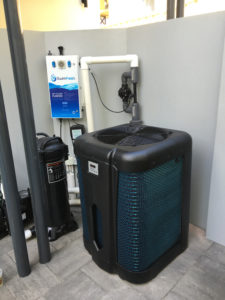 When you are selecting the
When you are selecting the
